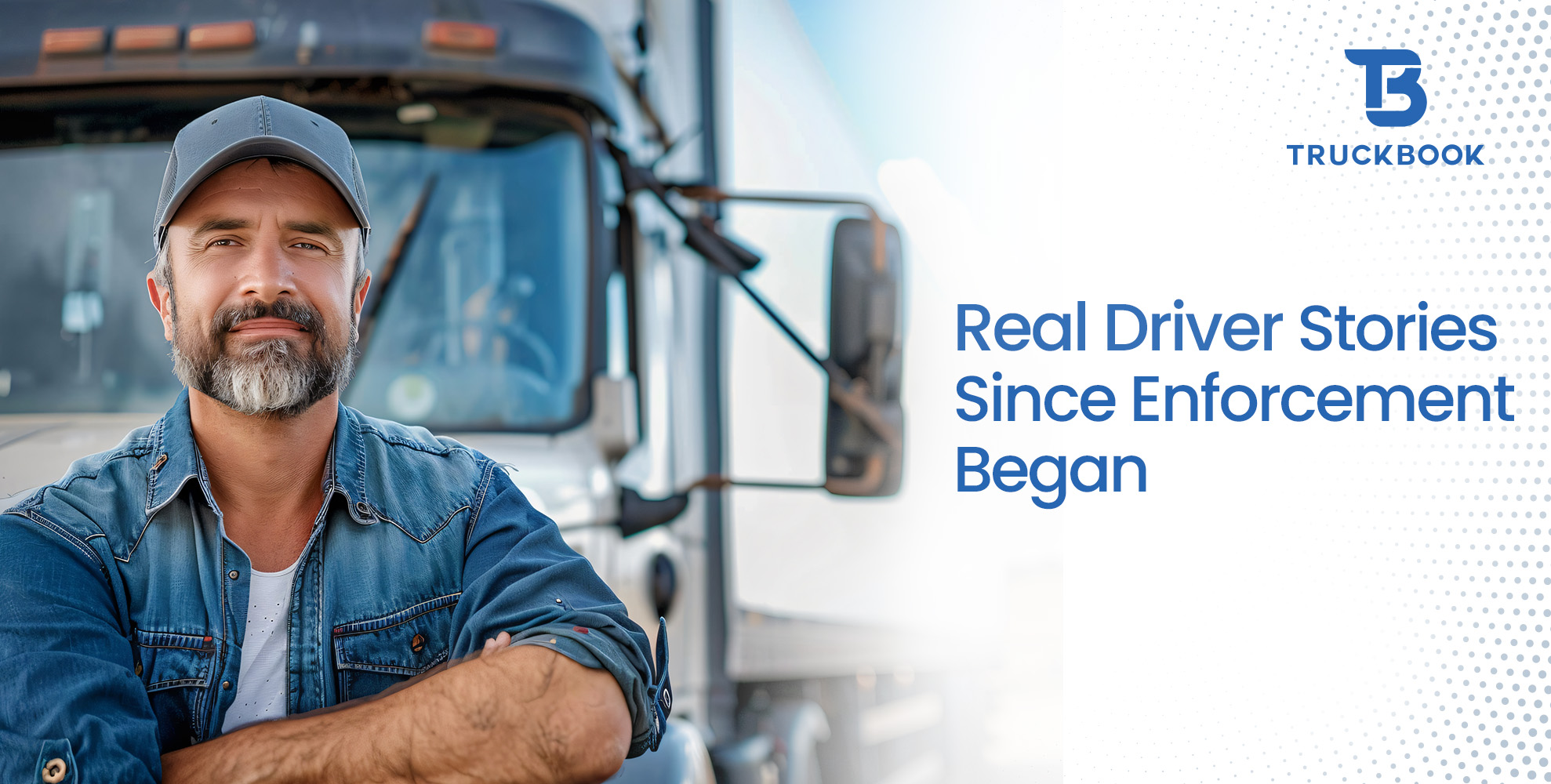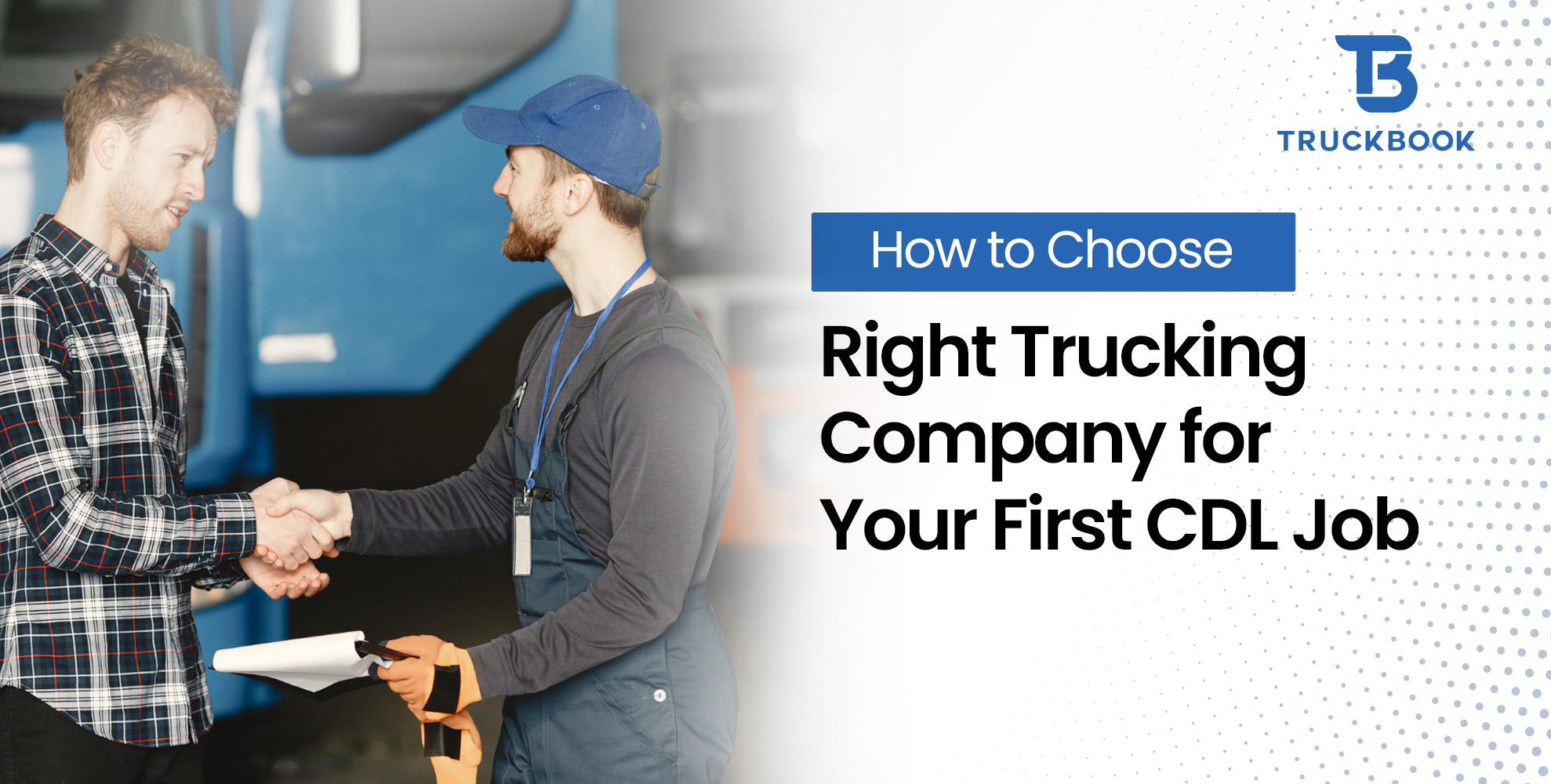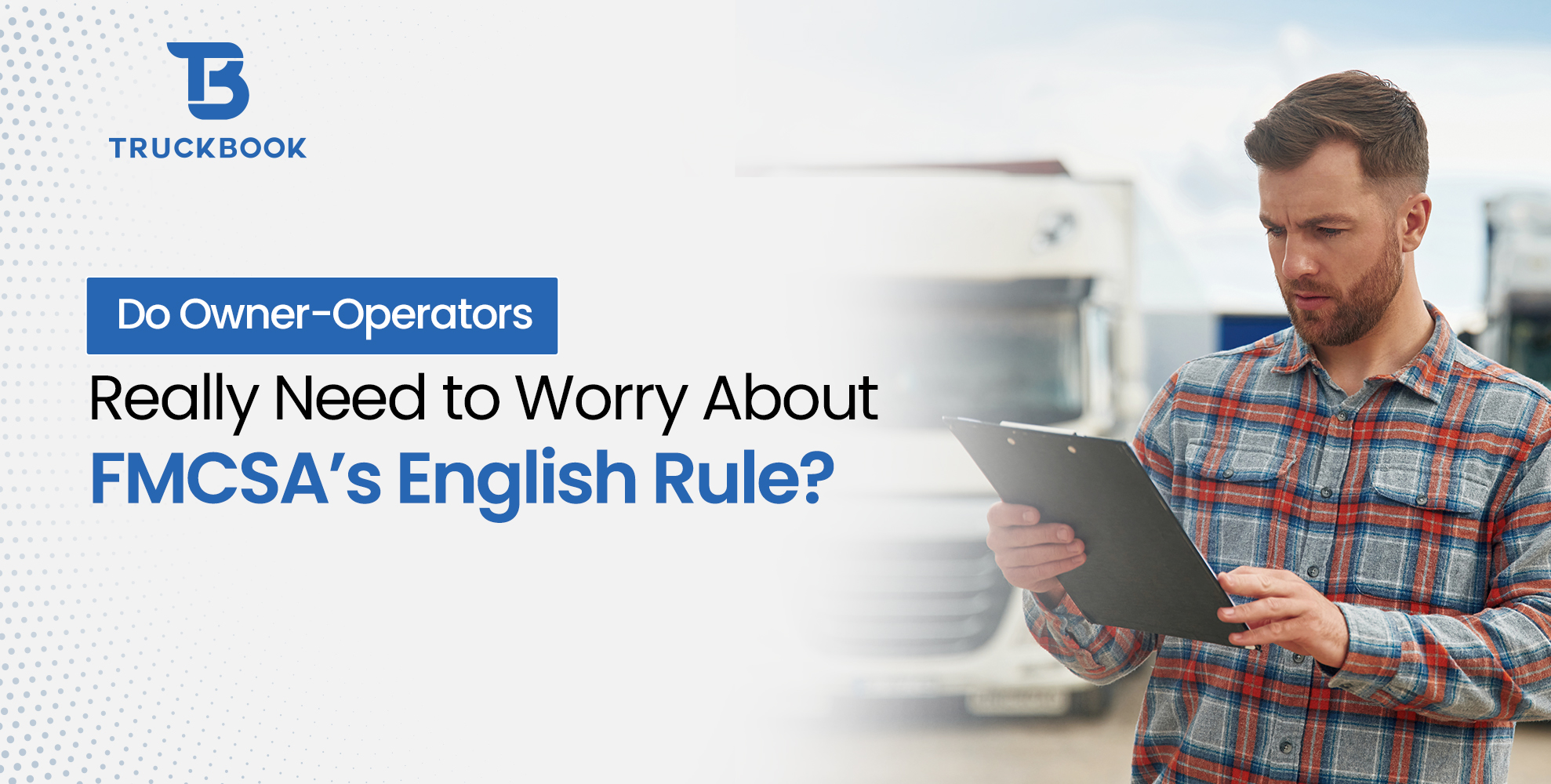Obtaining a driving license, a commercial driving license at that, can seem like one of the biggest hurdles to cross. Well, with great power comes great responsibility! On a serious note, commercial driving is a serious business as it connects the demand and supply requirements of innumerable businesses. The many regulations and restrictions can make getting a commercial driving license seem like a herculean task, but it’s not that difficult once you are acquainted with the basics. Let’s take a look at the CDL Classes A, B, and C in the US.
What is a CDL and Why Do You Need One?
A Commercial Driver’s License (CDL) is needed to operate heavy-duty commercial vehicles like tractors and trucks, even for vehicles used in construction sites such as dump trucks and portable concrete mixers, and transporting hazardous materials and goods. A CDL is required for all kinds of commercial transportation, both inter and intra-state. As reported by the Bureau of Labor Statistics1, being a commercial/truck driver is a fairly common profession in the US with over 3.5 million people currently holding a CDL, and an ever-growing need for truck drivers in the country.
As an aspiring commercial driver, you are required to mandatorily undergo a training program of a certain number of hours to acquire a CDL, which includes practical training specific to the vehicle type. The program also covers map reading, trip planning, backing and turning, hooking a trailer, and DOT laws. To obtain a CDL, you must necessarily have the following:
- A regular, non-commercial driving license (Class D), and
- A current federal DOT medical certificate as a qualification.
Further, if you’re applying for CDL to transport hazardous material, you are required to appear for an additional written test.
The 3 types of commercial licenses that are issued – Class A, Class B, and Class C, are mainly classified based on Gross Vehicle Weight Rating (GVWR), i.e. the type and weight of truck/trailer. Let’s take a brief look at the 3 classes of CDLs and each class entails.
Class A CDL
This type of license is issued to drive a combination of vehicles (a main vehicle plus vehicles being towed) whose GVWR is more than 26,001 pounds, where the towed vehicle is at least 10,000 pounds. Driving with double or triple trailers can be done, but the rules vary with each state regarding the number of trailers. Minimum age to acquire this license is 18 years, but you can only drive intra-state according to the rules of most of the states in the US. You need to be 21 to be qualified for inter-state transport.2 You can refer to the specific guidelines of the state where you live for detailed information.
Those holding the Class A CDL are allowed to drive tractor-trailers, passenger vehicles, school buses, flatbeds, tankers, trucks with hazardous materials, or any combinations of tankers and hazardous materials. Class A CDL holders can drive vehicles listed in Class B and C too. Basically, anyone who wishes to have an all-rounder commercial license should go for this one.
Class B CDL
This type of commercial license permits you to drive any single vehicle with a GVWR of 26,001 pounds or more, or a commercial vehicle which is towing another, with a GVWR of not more than 10,000 pounds. The age criteria is the same as in Class A – 18 years for intra-state and 21 for inter-state transport.
Every vehicle except driving double or triple trailer vehicles is permitted to a Class B CDL holder, including large and school buses, box/delivery trucks, straight trucks, transportation of hazardous materials, dump trucks, and tankers. Those holding this type of license do not need a special application for driving the vehicles listed in Class C.
Class C CDL
Class C CDL is issued to transport 16 and more passengers or to transport hazardous material under 49 U.S.C. 5103 or material listed as a toxin in 42 CFR part 73, as per federal regulations. Class C is the most basic CDL of all three.
CDL Class A, Class B and Class C – A Quick Comparison
| Feature | Class A CDL | Class B CDL | Class C CDL |
| GVWR + passenger capacity | Single vehicle – 26,001 pounds or more; towed vehicle – 10,000 pounds or more. | Single vehicle – 26,001 pounds or more; towed vehicle – less than 10,000. | Single vehicle – less than 26,001 pounds; towed vehicle – less than 10,000; transports 16 or more passengers, including driver. |
| Vehicles you can drive | Tractor-trailers (Semi/Big Rig/18 wheeler)Truck+trailer combinationsTanker vehiclesLivestock carriersFlatbedsMost Class B & Class C vehicles, subject to endorsement requirements | Straight trucksLarge buses (city/tourist/school)Segmented busesBox trucks (includes delivery & furniture trucks)Dump trucks +small trailersSome Class C vehicles, subject to endorsement requirements | Double/triple trailersBusesTank trucksHazmat vehicles |
Prerequisites
For obtaining a commercial driving license, you are required to comply with certain conditions beforehand. These include:
- You must apply for and acquire a Commercial Learner’s Permit (CLP). You should be in possession of a CLP for at least 14 days before you can appear for the CDL Skills Test.
- For the theoretical exam, you must acquaint yourself with relevant knowledge (general and vehicle-specific) of driving commercial vehicles, including transportation of cargo, air brakes, combination vehicles etc.
- Endorsements allow you to drive specific commercial vehicles, or operate them in a specific manner within each class of CDL. Endorsements of a combination of vehicles is mandatory for getting a Class A license.
- At least 1-2 years of driving experience, lawful permanent residency (US citizen or green card), good physical/mental health, no revocations or suspensions of active driver’s license, and ability to read and speak English are the other requirements listed by FMCSA.
- After receiving a CLP, you can practice on the roads with a CDL holder sitting next to you.
Endorsements
Endorsements are like additional certifications which are required for specialized permissions within a class of CDL. There are certain endorsements3 listed by the federation which determine the types of commercial vehicles you are allowed to drive, the class of license and the restrictions if you fail in following any of them according to rules. The endorsements, with or without codes, are:
- Doubles and Triples (T),
- Passenger Vehicles (P),
- School Bus (S),
- Tank Vehicles (N),
- Hazardous Materials (H),
- Combination Tank and Hazardous material (X),
- Air Brakes, and
- Combination Vehicles.
To sum it up
A lot of restrictions and rules come with getting a CDL, and serious convictions are imposed in case of violations. However, once you understand the basic differences between different classes of CDLs, it is easier to plan and train for obtaining the right category of license. The process of acquiring a CDL might get confusing or complicated at times. Feel free to get in touch with us at TruckBook, and we are here to guide you with your application!








